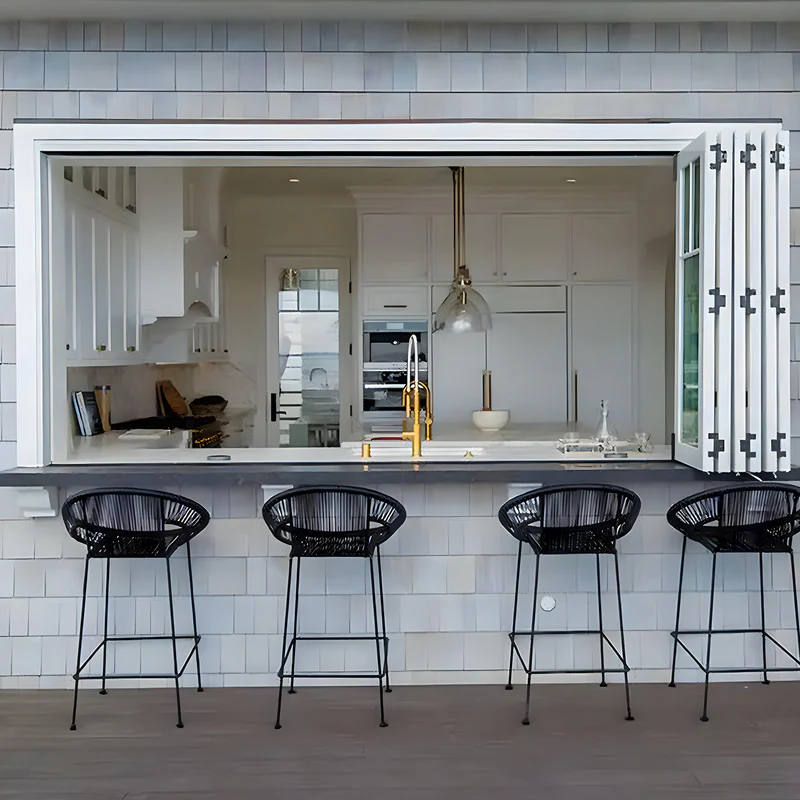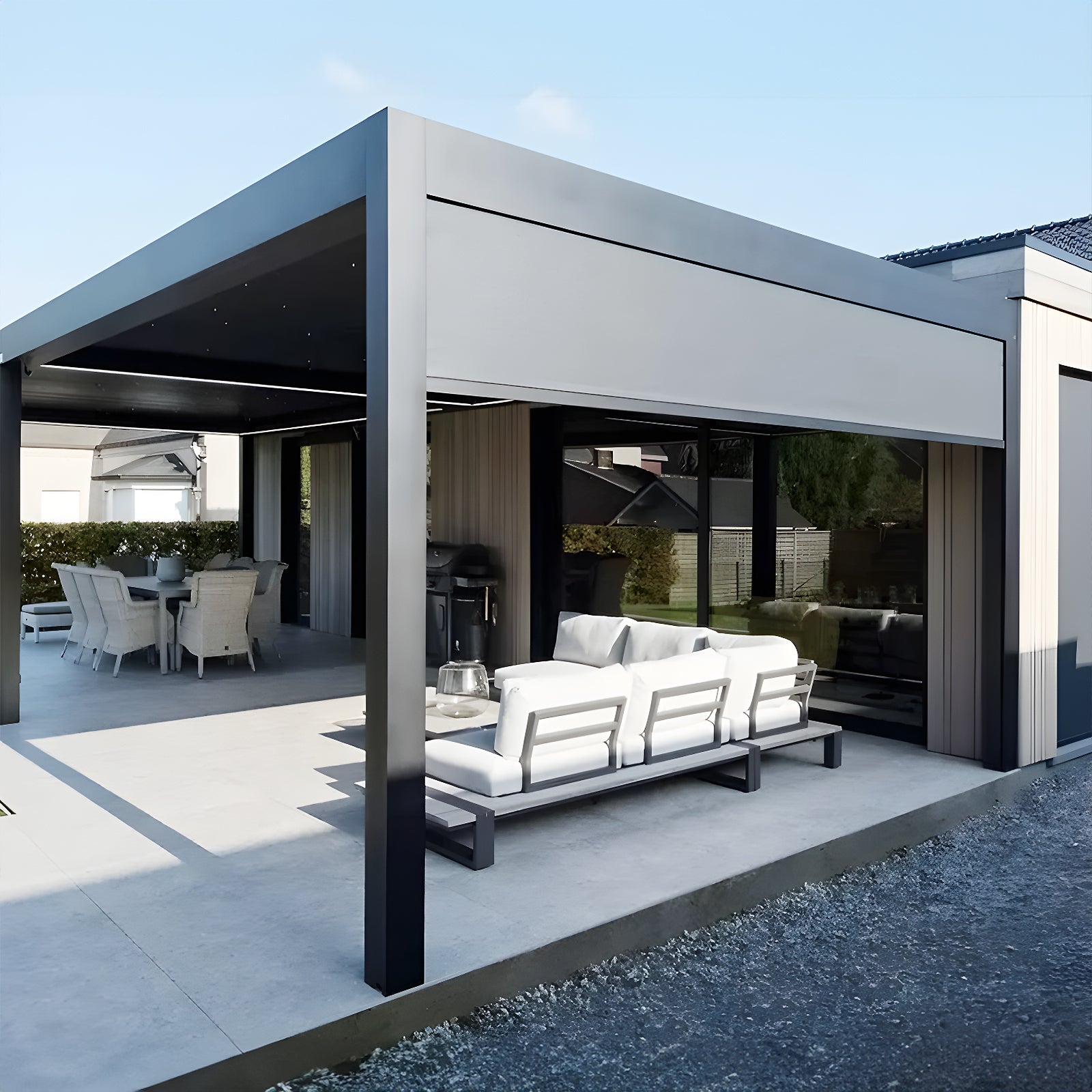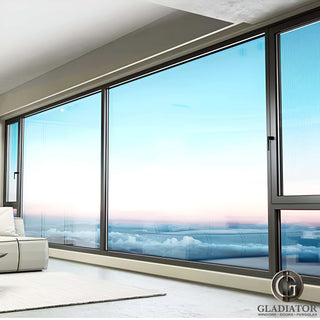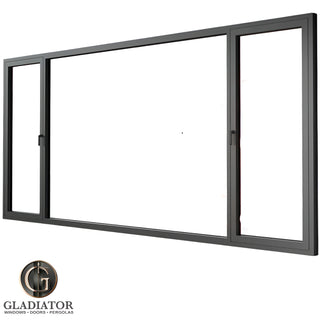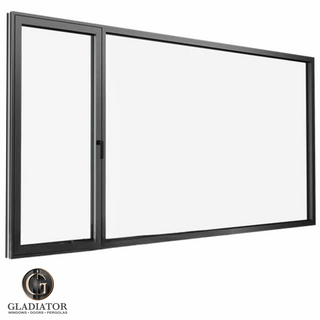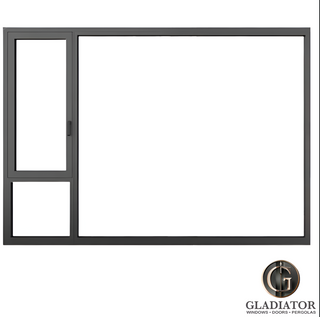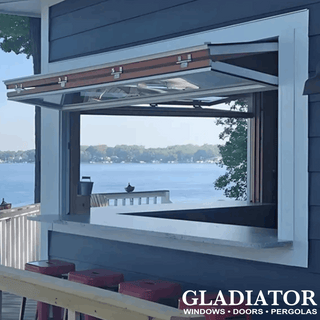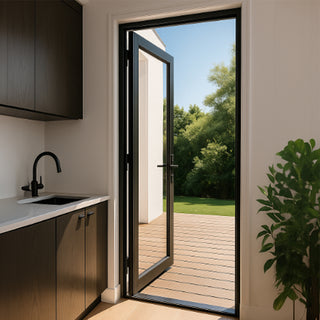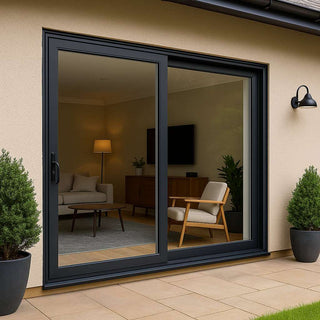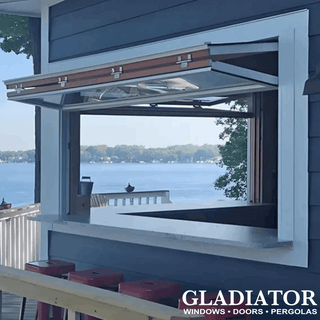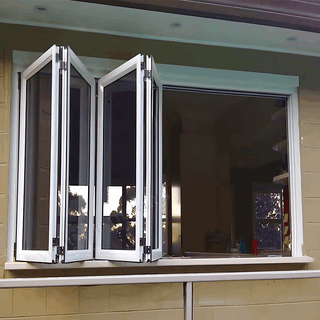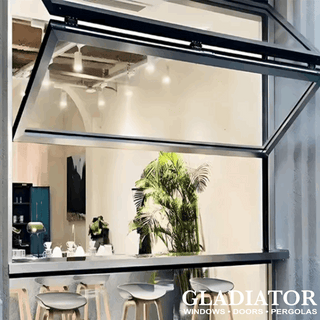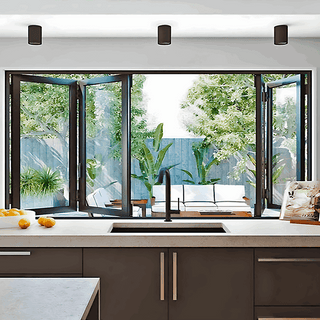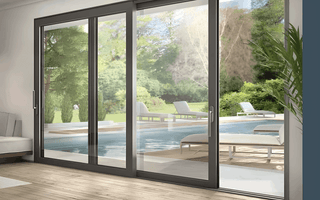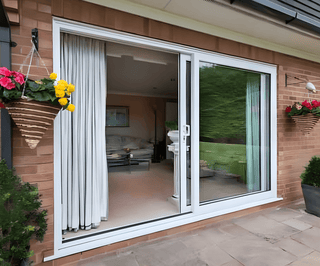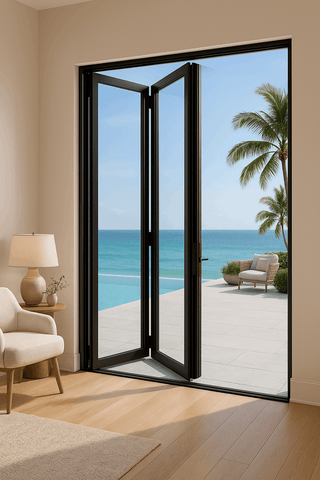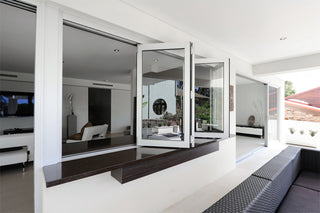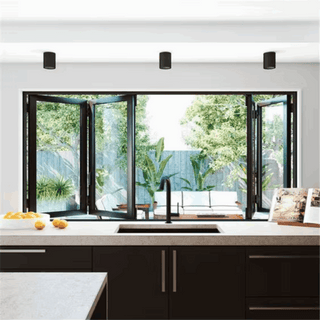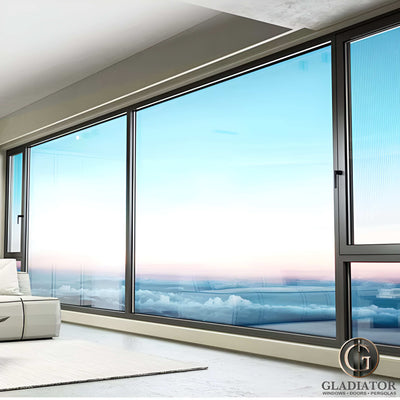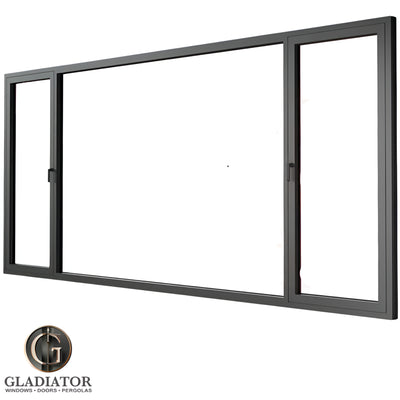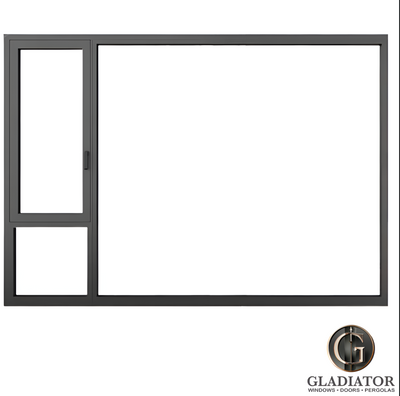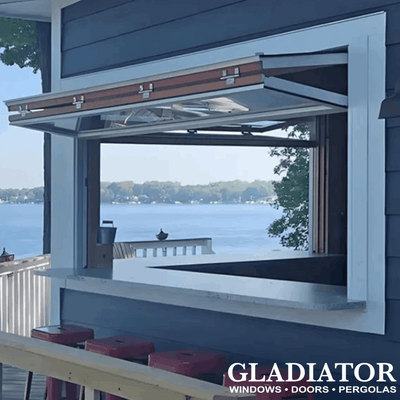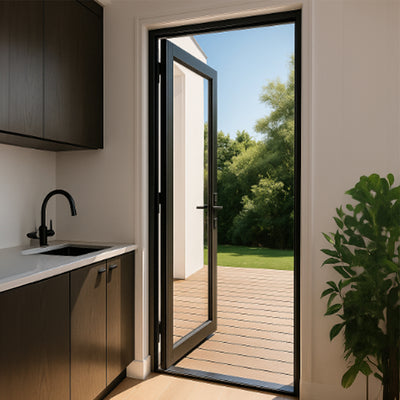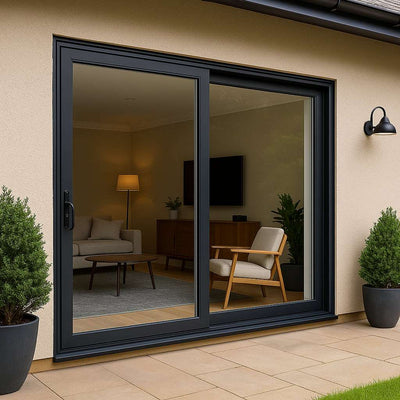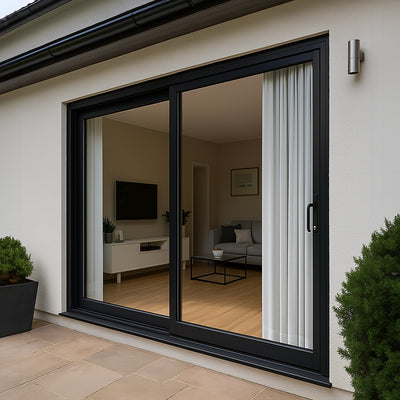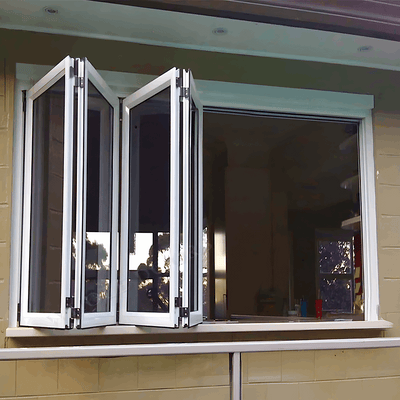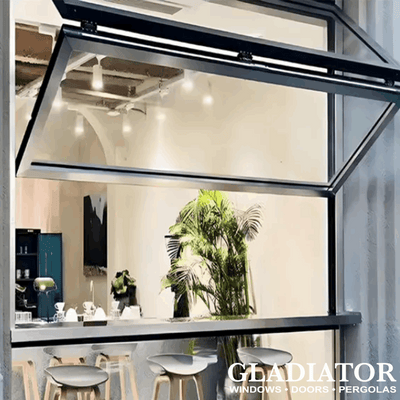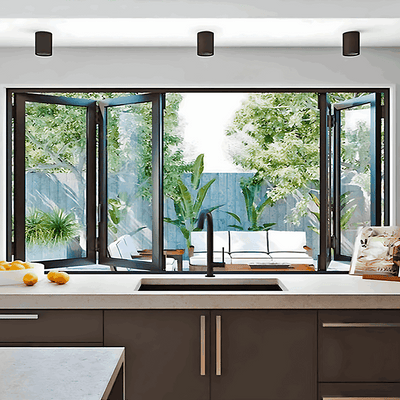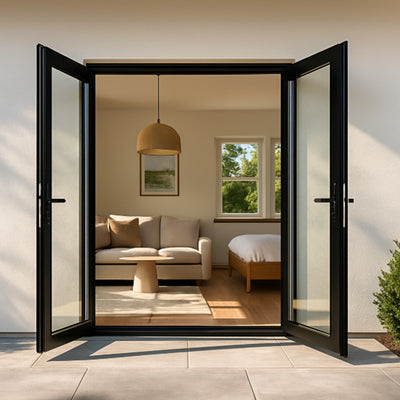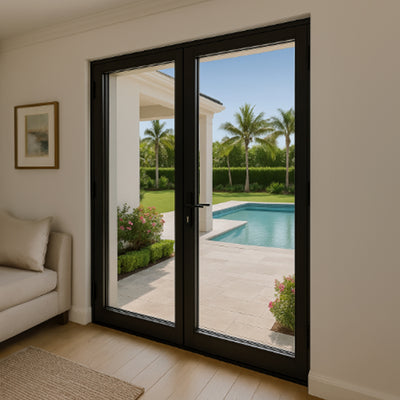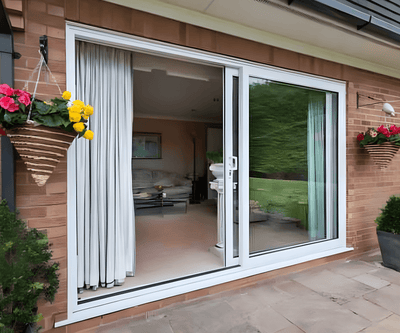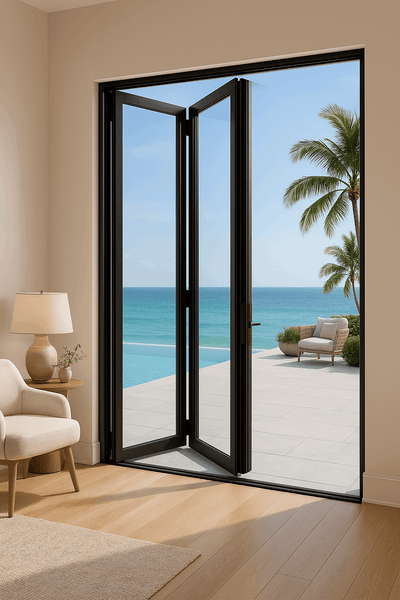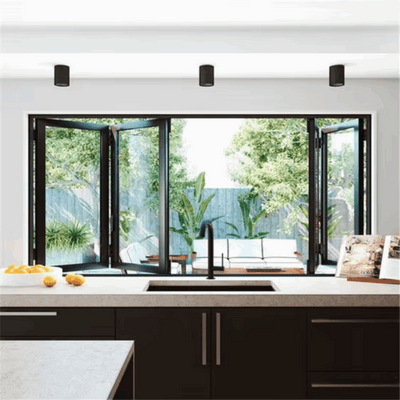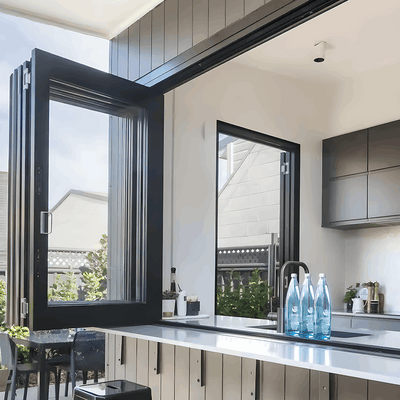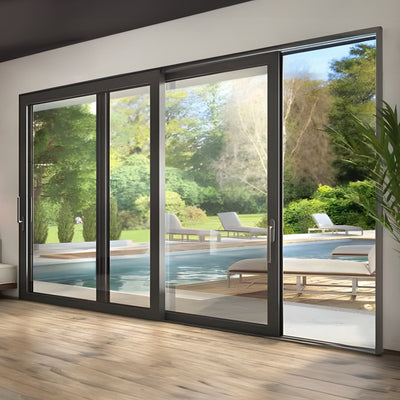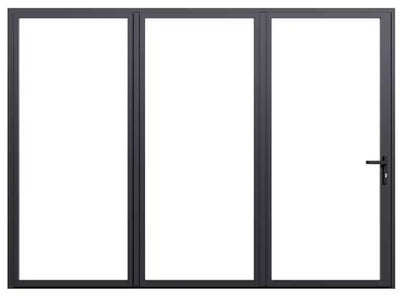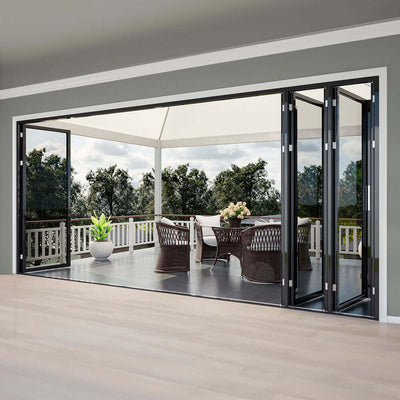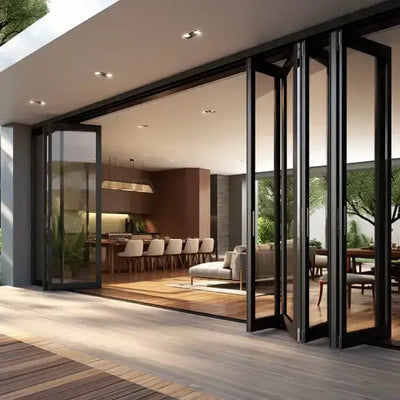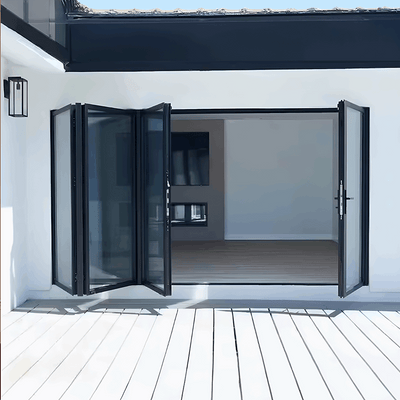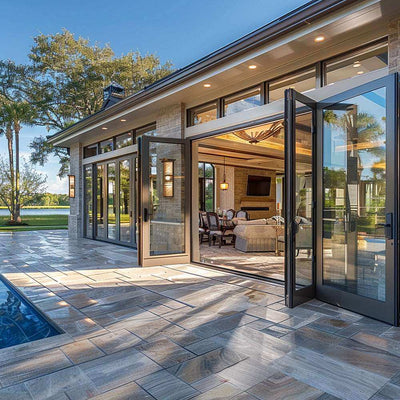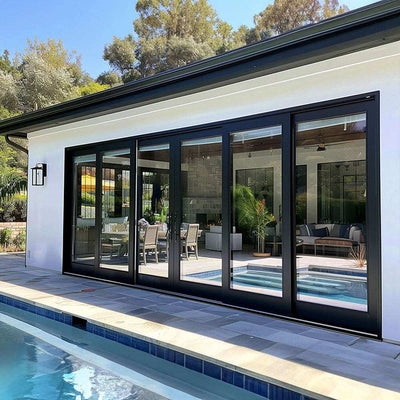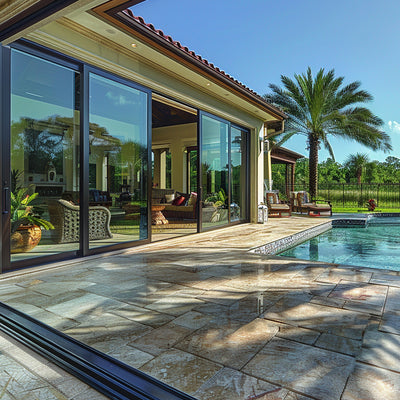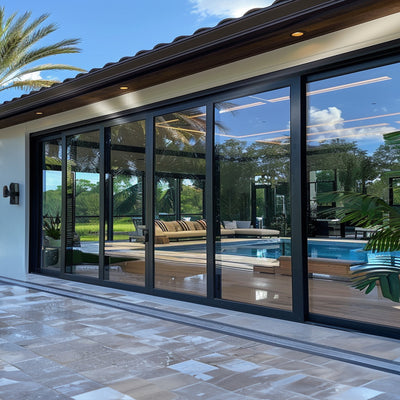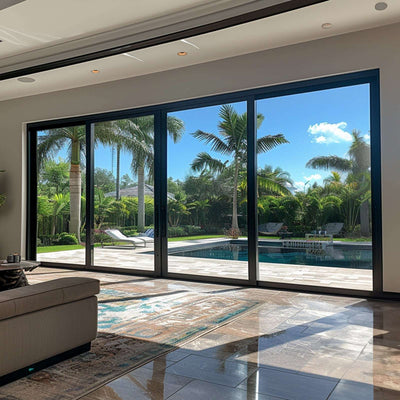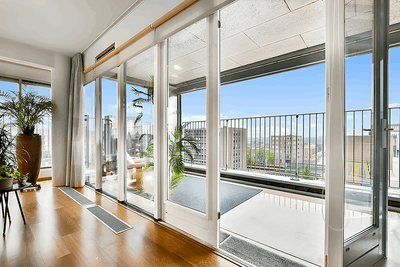Understanding Door Warping: The Science Behind the Problem

Before fixing a warped door, it's essential to understand why it happened. This helps address the root cause and prevents future warping. Essentially, warping occurs when a door's material expands and contracts unevenly.
Humidity and Temperature: The Primary Culprits
Moisture absorption is a major warping culprit. Wood, a common door material, is hygroscopic, meaning it readily absorbs moisture from the air. In humid conditions, the wood expands. During dry periods, it contracts.
This continuous fluctuation can cause uneven changes in shape, leading to warping. Temperature swings worsen this, speeding up the expansion and contraction cycle. A sun-drenched door, for example, will expand faster than a shaded one.
Material Quality and Construction: A Critical Factor
The type of wood matters. Some species are more warp-prone than others due to their density and structure. How a door is constructed also affects its warp resistance.
Solid wood doors, while durable, can warp more easily than engineered wood doors, which are built to resist shape changes. However, even engineered wood can warp under extreme conditions. You might find this interesting: How to master...
The global doors market, valued at USD 91.28 billion in 2022, is projected to grow at a CAGR of 4.3%. This makes proper door maintenance, including warp repair, increasingly vital. Preventing problems and making timely repairs helps avoid costly replacements. Learn more: Grand View Research
Understanding Different Types of Warping
Identifying the specific type of warping is the first step to a successful repair. Here are some common types:
- Cupping: The door edges are higher or lower than the center.
- Bowing: The door bends inwards or outwards along its length.
- Twisting: Opposite corners of the door are misaligned.
- Crooking: One edge of the door bends laterally.
Understanding the science of warping and identifying the type of warp helps you choose the best repair strategy, whether you're doing it yourself or hiring a professional.
Diagnosing Your Door: Identifying Warp Types That Matter
Accurately diagnosing the type of warp affecting your door is essential for a successful repair. It's more than just noticing something's amiss. Just as a doctor pinpoints a specific illness before prescribing medicine, you must identify the specific warp to determine the appropriate fix. This guide will help you differentiate between the four most common types: bowing, cupping, twisting, and crooking.
Bowing: A Curve Along the Length
A bowed door curves along its length, resembling a banana. If you hold a straightedge against the door's edge and notice a gap at the center, it's likely bowed. This often stems from humidity changes or prolonged, direct sunlight on one side.
Cupping: A Concave or Convex Center
Cupping happens when the door's edges are higher or lower than its center, creating a dish-like or dome-like shape. Moisture imbalances, such as spills or humidity variations affecting one side more than the other, often cause this.
Twisting: Misaligned Corners
A twisted door has misaligned opposite corners. Think of the door as a rectangle; if one diagonal measures longer than the other, it’s twisted. Uneven stress on the door frame or issues with the hinges can lead to twisting.
Crooking: A Lateral Bend
Crooking is a bend along one edge of the door. Though less prevalent than bowing or cupping, it can still significantly impact the door’s function. Localized moisture or structural damage often contributes to crooking. For more related information, check out this resource: How to master...
Carefully examine your door with a straightedge and tape measure to identify and measure these warps. This precise diagnosis informs your repair approach and ensures a lasting solution. The scale of this issue is reflected in the garage door market. Valued at USD 6.99 billion in 2022, the garage and overhead doors market is projected to grow at a CAGR of 5.2% through 2029, according to Fortune Business Insights. While new installations drive much of this growth, maintenance and repair represent a substantial portion, underscoring the importance of fixing warped doors.
Tools of the Trade: Gearing Up for Successful Repairs
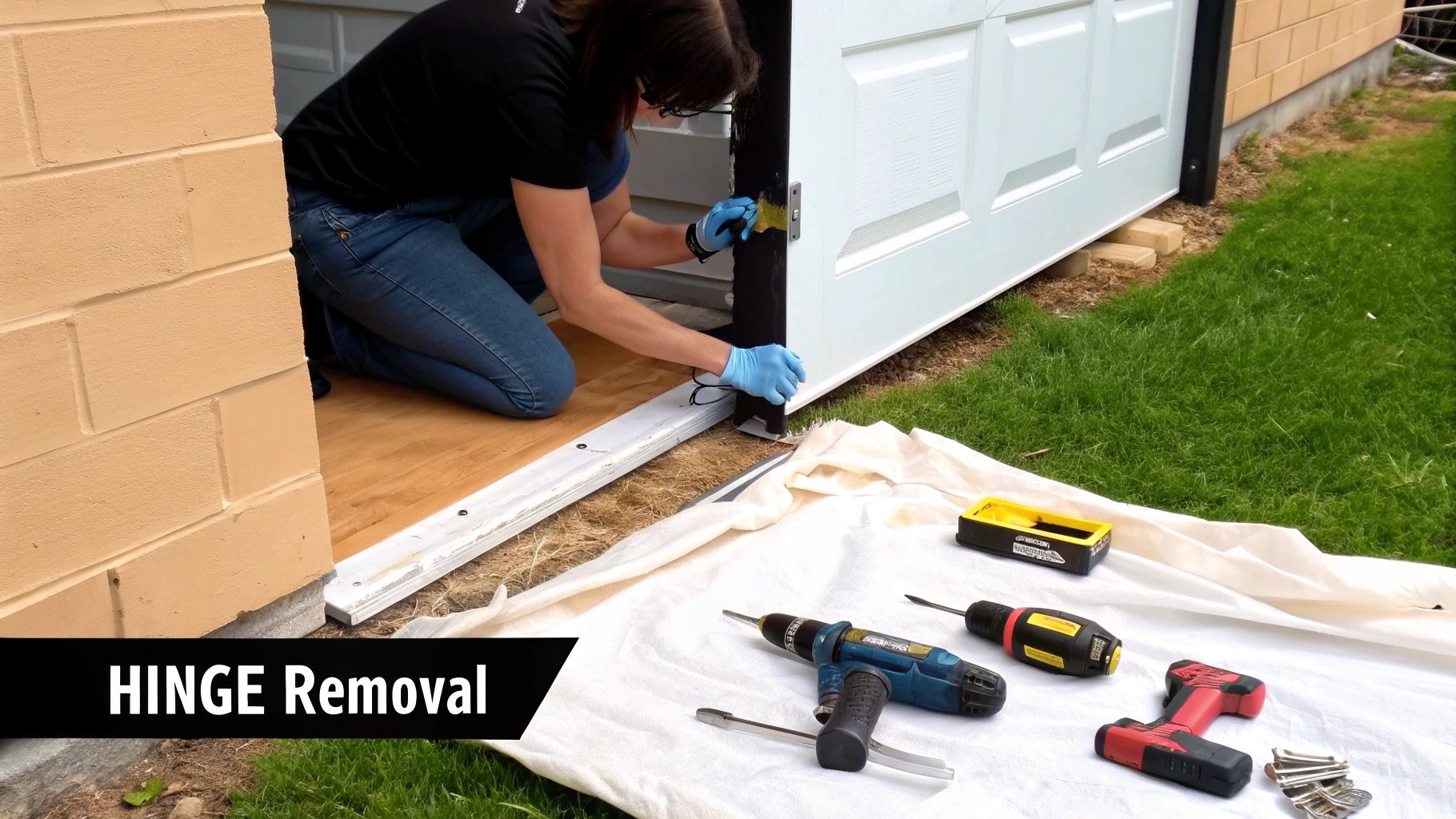
Having the right tools is crucial for effectively fixing a warped door. This goes beyond simply completing the task; it's about achieving professional and long-lasting results. Just as a surgeon needs precise instruments, you'll need the right equipment to reshape and restore your door to its former glory. This section outlines the essential tools, explaining their purpose and offering practical advice.
Essential Tools for Reshaping
-
Clamps: These are essential for applying even pressure to reshape the door. Strong, adjustable clamps are your best bet against warping. Be sure to choose clamps appropriate for your door's size and thickness.
-
Moisture Meter: This tool helps pinpoint the wood's moisture content. This is vital for understanding the warping's extent and informing your repair strategy. It's especially helpful for doors frequently exposed to moisture. Moisture Meter
-
Planer: A planer is useful for stubborn high spots or uneven surfaces. It can shave off thin wood layers to restore a smooth surface. Practice on scrap wood first to prevent door damage.
-
Sanding Equipment: Sandpaper, sanding blocks, and potentially an electric sander are key for smoothing the door. Start with coarser grit and move to finer grits for a polished finish.
Materials for Repair and Refinishing
Repairing a warped door also requires the right materials:
-
Wood Filler: For cracks, gaps, or holes, choose a quality wood filler that matches your door's color. Opt for exterior-grade filler for exterior doors.
-
Sealant: After repairs, sealant protects against future moisture damage and enhances the door's appearance. Choose a sealant that's compatible with your chosen finish.
-
Finish: Whether paint, varnish, or stain, a quality finish protects the repaired door and restores its beauty. Consider the door's location and exposure to the elements.
Before we delve into the repair process, let's look at the essential tools and materials you'll need. The following table outlines everything required for a successful repair.
Essential Tools and Materials for Warped Door Repair
| Item | Purpose | Essential/Optional | Estimated Cost |
|---|---|---|---|
| Clamps | Applying pressure to reshape the door | Essential | $20 - $50 |
| Moisture Meter | Measuring wood moisture content | Essential | $30 - $60 |
| Planer | Smoothing uneven surfaces | Optional | $50 - $150 |
| Sanding Equipment (Sandpaper, blocks, sander) | Smoothing and finishing | Essential | $10 - $100 |
| Wood Filler | Filling cracks and holes | Essential | $5 - $15 |
| Sealant | Protecting against moisture | Essential | $10 - $20 |
| Finish (Paint, varnish, stain) | Protecting and beautifying | Essential | $15 - $30 |
This table provides a comprehensive overview of the necessary items, their function, and approximate costs, helping you budget and prepare for your door repair project.
Putting It All Together
By gathering the right tools and materials, you're setting yourself up for success. Each tool plays a specific role, and understanding their purpose leads to informed choices and a lasting repair. Using appropriate clamping techniques, addressing moisture imbalances, and selecting suitable fillers and finishes are key. You might be interested in: How to master... for further insights. This careful preparation not only guides your repair process but ensures its long-term effectiveness.
Transformation Techniques: Step-by-Step Door Revival
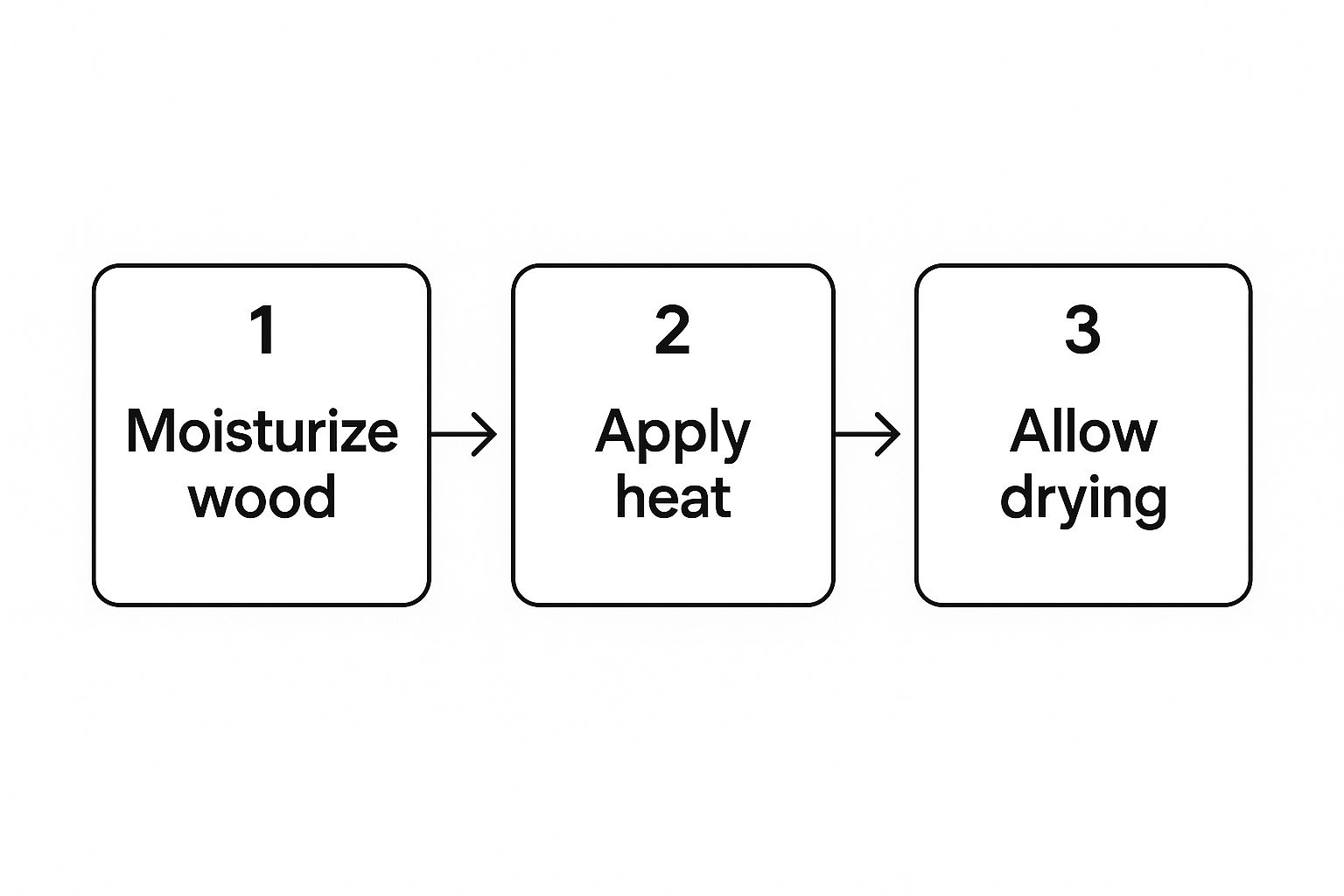
This infographic details a three-step process for correcting warping: moisturizing, heating, and drying. This method gently encourages the wood back to its original form. By carefully managing each step, you can avoid causing additional damage and achieve a more even restoration. This technique is particularly useful for minor warping caused by dryness, improving both appearance and function.
The Clamping Method: A Gentle Approach
One effective way to fix a warped door, especially one that's bowing or cupping, is the clamping method. This involves applying pressure to the warped section to gradually reshape the wood. Start by placing the door on a protected, padded surface. Then, position clamps across the warped area. Tighten them slowly and check regularly to prevent damage from over-tightening. This allows the wood fibers to adjust, minimizing the risk of cracks or splits.
Precision Planing: Smoothing Out Imperfections
Precision planing helps with stubborn high spots or uneven surfaces caused by warping. However, it requires a careful touch to avoid removing excess material. Begin by marking the high spots with a pencil. Using a sharp planer, make shallow passes along these areas, checking frequently with a straightedge. Always plane with the wood grain to avoid tear-out. This method smooths imperfections and restores the door's flatness. For more detailed instructions on door repair, check out this resource: How to master....
Reinforcement Strategies: Preventing Future Warping
After fixing the warp, reinforce the door to prevent future issues. Installing metal reinforcement bars along the inside adds structural support and resistance to bending or twisting. Applying a moisture-resistant sealant to all surfaces, including edges, top, and bottom, creates a protective layer against moisture absorption, a common cause of warping.
Addressing Severe Warping: When To Consider Replacement
While many warping problems can be fixed with DIY repairs, severe warping often requires professional help or replacement. Significant structural damage, extensive cracking, or excessive twisting usually necessitate replacement. Older doors made with low-quality materials might also be better candidates for replacement. The door and window repair service market is seeing steady growth, from USD 0.6 billion in 2023 to a projected USD 1 billion by 2032, with a CAGR of 6.8%. This indicates a rising demand for repair services over new installations, particularly for issues like warped doors. You can learn more about these market trends here. Ultimately, the decision to repair or replace depends on the damage, the door's age and material, and your budget.
Material-Specific Mastery: Solutions for Every Door Type
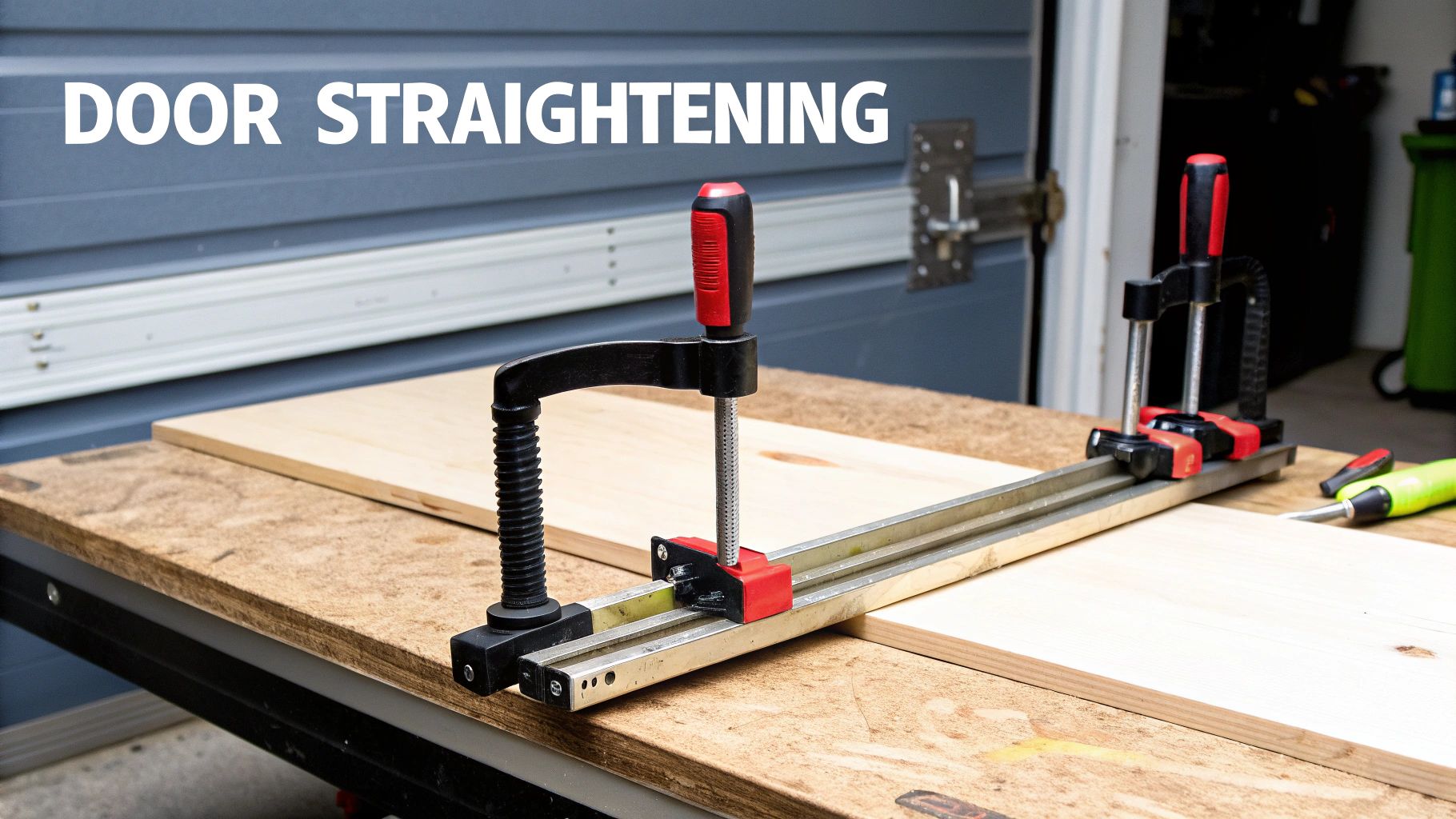
This image showcases the variety of door types found in homes. Each material, from classic wood to modern composites, responds differently to environmental factors and requires a tailored repair strategy. Understanding these nuances is key to effective, long-lasting warp repair.
Different door materials react differently to moisture, temperature fluctuations, and daily use. This means a universal fix for a warped door simply isn't realistic. This section explores material-specific strategies to guide you in choosing the best repair technique for your door.
Solid Wood Doors: Working With the Grain
Solid wood doors are prized for their beauty and durability. However, they're susceptible to warping due to moisture sensitivity. Wood naturally expands and contracts with humidity changes.
Managing moisture is vital for solid wood doors. Using a humidifier during dry seasons prevents shrinking and warping. Applying a high-quality sealant adds another layer of protection against moisture absorption.
Hollow-Core Doors: A Lighter Approach
Hollow-core doors are common for interior use. They're lighter and less prone to warping than solid wood. But their lightweight design also makes them easily damaged.
When fixing a warped hollow-core door, avoid aggressive methods like planing, which could puncture the surface. Gentle clamping and targeted heat application are more suitable repair approaches.
Composite Doors: Strength and Stability
Composite doors, constructed from materials like wood fibers and resins, balance strength and stability. They're generally more warp-resistant than solid wood but still require proper care.
Reinforcing a warped composite door with metal bracing can restore its integrity and prevent future issues. This is especially important for exterior doors exposed to the elements.
Exterior Doors: Weathering the Storm
Exterior doors bear the brunt of weather extremes, making them vulnerable to warping. Choosing the right material for your climate is crucial.
Fiberglass doors are a good choice for humid or coastal areas due to their moisture and temperature resistance. Steel doors are durable but prone to dents. Regular maintenance, including inspection and resealing, is essential for all exterior doors.
To summarize the various approaches, the following table offers a helpful overview:
Comparison of Warping Issues and Solutions by Door Type Analysis of common warping problems and recommended repair approaches for different door materials and styles
| Door Type | Common Warping Issues | Best Repair Methods | Prevention Tips |
|---|---|---|---|
| Solid Wood | Bowing, Cupping, Twisting | Clamping, Moisture Management, Sealant Application | Control humidity, seal the door |
| Hollow-Core | Minor Bowing, Twisting | Gentle Clamping, Targeted Heat | Avoid excessive moisture |
| Composite | Minor Warping, Cracking | Reinforcement with Metal Bracing | Regular inspection, sealing |
| Exterior (Fiberglass/Steel) | Warping due to weather extremes | Material-specific repairs, professional assessment | Regular maintenance, proper sealing |
This table highlights the unique challenges and solutions associated with each door type. From the moisture sensitivity of solid wood to the weather resistance of fiberglass, understanding these differences allows you to choose the best course of action. By addressing the specific needs of each door material, you can ensure their longevity and beauty.
Future-Proofing: Preventing the Next Warp Crisis
So, you’ve successfully fixed that warped door. But how can you prevent it from happening again? This section explores preventative measures to keep your doors operating smoothly for years to come. This isn't about temporary patches; it's about understanding door care and avoiding future hassles. Think of it as routine maintenance—a little preventative care makes a big difference.
Seasonal Care: Adapting to Changing Conditions
Just as your wardrobe changes with the seasons, your doors need different care throughout the year. During humid summers, increased moisture in the air can cause wood expansion. Run a dehumidifier in damp areas to minimize moisture absorption. Conversely, dry winters can cause wood to shrink and crack. A humidifier can help maintain balanced humidity, protecting your doors from warping.
Protective Finishes: Shielding Your Doors
Applying a protective finish is like armor for your door. It shields against moisture, temperature fluctuations, and wear and tear. But not all finishes are equal. Oil-based finishes penetrate the wood for superior protection, while water-based finishes sit on the surface, offering less defense. Exterior doors benefit from a high-quality, weather-resistant finish.
Regular Inspections: Catching Problems Early
Regular inspections are crucial for catching minor issues before they become major problems. Check your doors for signs of warping:
- Sticking
- Gaps
- Changes in shape
Look for loose hinges or screws, which can stress the door and contribute to warping. Early detection allows for quick fixes, saving you time and money. You might be interested in additional tips on door maintenance.
Humidity and Temperature Management: Creating a Stable Environment
Maintaining stable humidity and temperature inside your home significantly impacts door longevity. Avoid extreme temperature swings, which cause rapid expansion and contraction of wood. Consider weather stripping around exterior doors to further seal against drafts and temperature changes. These small adjustments make a big difference in maintaining door stability.
Creating a Maintenance Calendar: Staying Organized
A maintenance calendar helps you stay on top of door care. Schedule seasonal inspections, cleaning, and finish touch-ups. This simple tool prevents warping and other problems, saving you time and money. By incorporating these practices into a routine, you'll ensure your doors remain functional and beautiful for years.








